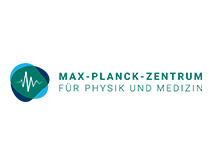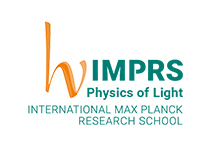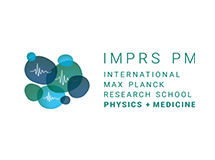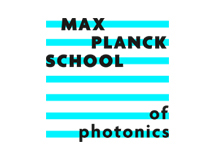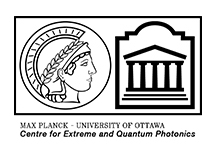A dual carriageway for signals
Unidirectional transport of signals in pairs of "one-way streets": An international research team including Clara Wanjura from MPL have published a new study in Nature Physics.
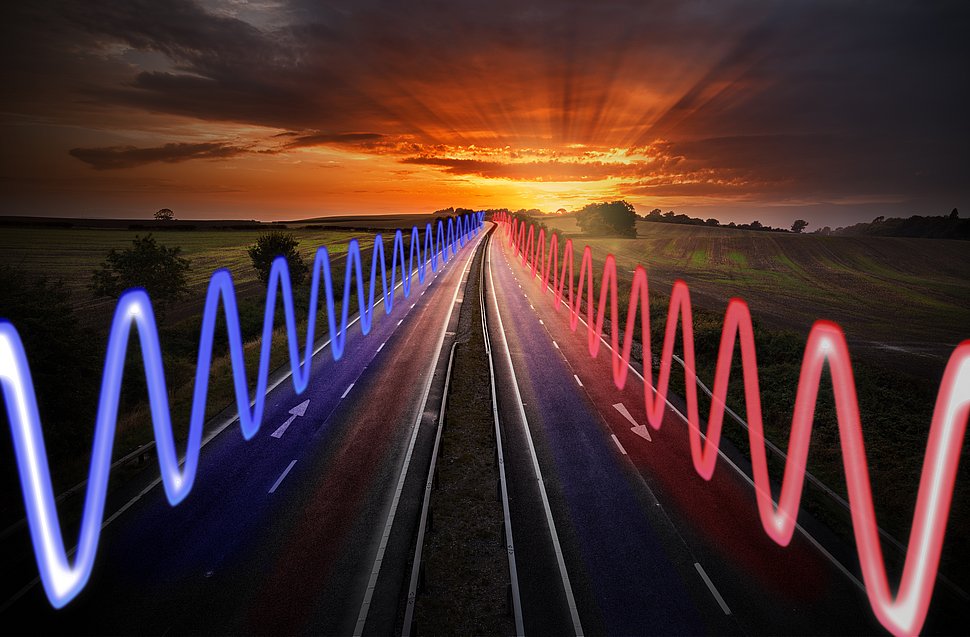
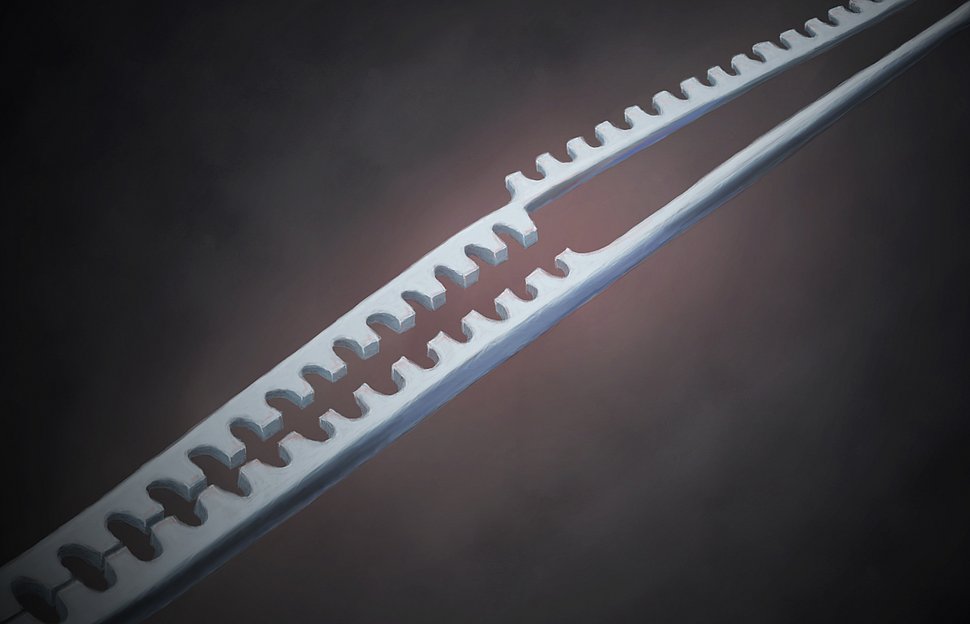
Routing signals and isolating them against noise and back-reflections are essential in many practical situations in classical communication as well as in quantum information processing. In a theory-experimental collaboration, an international research team has achieved unidirectional transport of signals in pairs of “one-way streets”: Different signal components are transmitted in opposite direction while the transmission in the reverse direction is fully suppressed. This research – led by Andreas Nunnenkamp from the University of Vienna and AMOLF group leader Ewold Verhagen and involving the Max Planck Institute for the Science of Light – was published in Nature Physics and opens up new possibilities for more flexible signalling devices.
The research team: Clara Wanjura (MPL), Jesse Slim (AMOLF), Javier del Pino (ETH), Matteo Brunelli (Basel), Ewold Verhagen (AMOLF) and Andreas Nunnenkamp (University of Vienna).
Publication: C.C. Wanjura, J.J. Slim, J. del Pino, M. Brunelli, E. Verhagen, A. Nunnenkamp. Quadrature nonreciprocity in bosonic networks without breaking time-reversal symmetry. Nat. Phys. (2023).
You can read our full press release here: https://mpl.mpg.de/fileadmin/user_upload/Pressemitteilungen/PM_to_lane_highway_for_signals_2023_eng.pdf
And you can find the publication here:
https://www.nature.com/articles/s41567-023-02128-x
Image 1 (@ EddieCloud/Shutterstock.com modified by C. C. Wanjura): A dual carriageway for signals. One quadrature is transmitted in one direction, the other quadrature in the other direction.
Image 2 (@ C. C. Wanjura): Illustration of the nanomechanical system whose vibrations are coupled by light.
Contact
Edda Fischer
Head of Communication and Marketing
Phone: +49 (0)9131 7133 805
MPLpresse@mpl.mpg.de

